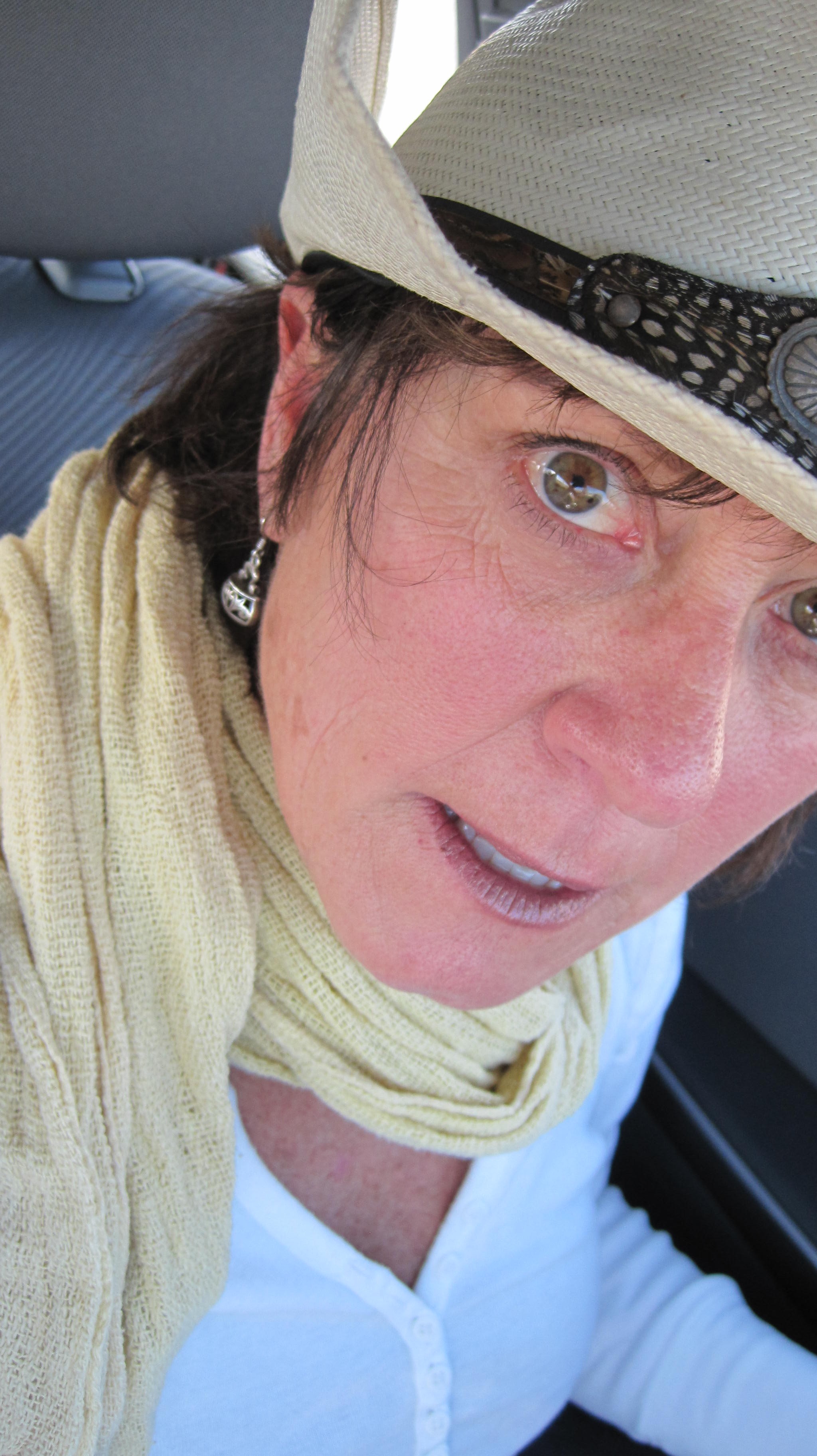“If we had a keen vision and feeling of all ordinary human life, it would be like hearing the grass grow and the squirrel’s heart beat, and we should die of that roar which lies on the other side of silence.”
–George Eliot
I visited New York City recently; my birthday coincided with an arts workshop I had flown there to attend. A longtime friend who lives in Manhattan offered to host a celebration and asked what I wanted. I told her something casual, low-key, come-as-you-are. “Most of all,” I said, “I want something that borders on unremarkable.”
And so it was. Five beloveds, red wine, bare feet, fajitas, a 6-year-old in a polka-dotted party dress, homemade carrot cake. I gloried in the absence of exclamation points, speed, friction and theater—the commodities in full thrust outside the cocoon of my friend’s apartment. It was a savory evening, a celebration of the ordinary and its deep and burnished satisfactions.
A conversation with the woman in the post office, the satisfaction of recognizing the NPR reporter’s voice, the smell of pizza, my daily coffee ritual, the maneuvers of the weather, the sounds of water and murmuring and lawnmowers in the distance on a Saturday morning. The ordinary is in jeans and a T-shirt, sitting on her folding chair, smiling her bemused Buddha smile while the orgy of sequins and spangles tornadoes around her. I behold the spectacular; it announces itself on the graph of my life. But I am connected through the ordinary; it constitutes my fibers.
When I graduated from university, I became a newspaper reporter. I had grandiose ideas about saving the world and seeing the bad guys get their due. For five years I wrote stories about what most newspapers are made of: the out-of-the ordinary. Ordinary isn’t sexy enough for a daily diet rife with wrecks, disasters, bunglings, mishaps, calamities and the occasional freakishness. I wrote those stories, but inside I wondered about the resting pulse of my community. I yearned to examine its everydayness, mostly in an effort to feel less alone, less apart. I wanted the task of wrangling poetry from the ordinary. I wanted the search and find of it. I wanted the walking pace of it. The spectacular arrives with fanfare; the ordinary hums softly. I wanted to be one of the ones who stood still long enough to hear the beauty of the hum.
Honoring the ordinary—choosing it, savoring it—is not a novel idea, but in a culture that deifies speed and superlatives, the quiet voice of the ordinary is often overshadowed in the cacophony. As seduced as I am by the SHINY NEW NOW YES VERY ULTRA, when I sit still, it is the ordinary that feeds and delights me. It is the ordinary that is kinder to my central nervous system and more nutritious for my spirit.
When I lived overseas, though the locales were exotic, it was the ordinary I went to find. How much does the bus cost? What is the most popular newspaper? How do they marry? What is the typical breakfast food? What happens to the dead? By understanding the architecture of ordinary lives, I could render the world a less scary place and see the commonalities between the us and thems. Through my ordinary and theirs we could be the same.
I was one of millions who tuned in a few weeks ago to the final episode of a nine-season run of “The Office.” Over the years I’ve careened between feeling aghast and affection for the antics of the well-meaning buffoons peopling the office of the Dunder-Mifflin Paper Company.
For nine seasons a fictional documentary crew chronicled the characters as they worked and played as a group and revealed deeper feelings in solo confessional asides. What has stayed with me was the final sentence, a voiceover from Pam, the sane soul center of the program, as she explained why the documentary crew chose her and her colleagues and spent years following them and collecting the details of their lives. “There’s a lot of beauty in ordinary things,” Pam says. “Isn’t that kind of the point?”

